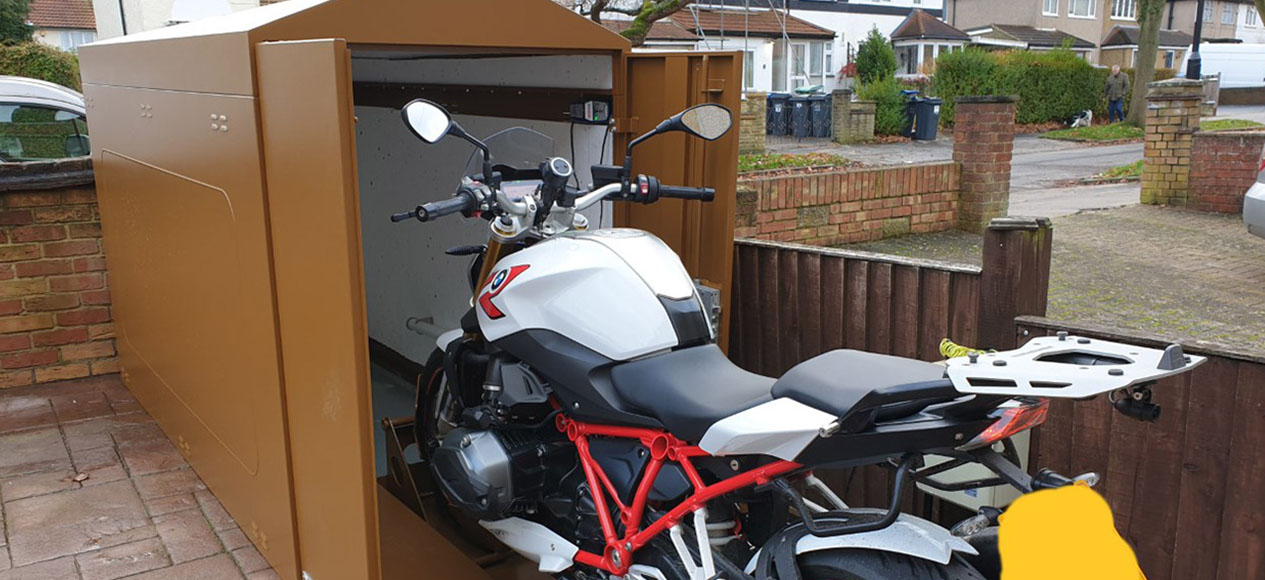

Articles
How To Store A Motorcycle In A Garage
Modified: January 5, 2024
Learn how to store your motorcycle safely in a garage with these helpful articles. Protect your bike from damage and keep it in optimal condition.
(Many of the links in this article redirect to a specific reviewed product. Your purchase of these products through affiliate links helps to generate commission for Storables.com, at no extra cost. Learn more)
Introduction
Storing a motorcycle in a garage is a crucial step in ensuring its longevity and preserving its condition. Whether you are putting your motorcycle away for the winter or simply need a safe place to store it temporarily, proper storage techniques are important to keep your prized possession in top shape.
In this guide, we will take you through a step-by-step process on how to store a motorcycle in a garage. From preparing the garage to choosing the right cover, we will cover all the essential aspects to ensure your motorcycle remains protected during its time off the road.
By following these tips, you can rest easy knowing that your motorcycle will be in optimal condition when it’s time to hit the road again.
Key Takeaways:
- Properly preparing your garage, cleaning your motorcycle, and protecting it from moisture are essential steps to ensure your bike remains in top condition during storage.
- Regularly maintaining your motorcycle, choosing the right cover, and securing it properly are key to preserving its longevity and ensuring it’s ready to hit the road when you are.
Read more: How To Store A Motorcycle Without A Garage
Step 1: Prepare the Garage
Before storing your motorcycle in the garage, it’s important to make sure the space is clean, organized, and ready to accommodate your bike. Here are some key steps to prepare the garage:
- Clean the garage: Start by decluttering the space and removing any unnecessary items. Sweep or vacuum the floor to remove dirt and debris. A clean garage will help prevent dirt and dust from accumulating on your motorcycle.
- Check for leaks: Inspect the garage for any signs of water leakage. Repair any leaks to ensure a dry environment for your motorcycle. Moisture can lead to rust and other damage.
- Proper ventilation: Make sure the garage is well-ventilated to prevent condensation build-up. This can be achieved by opening windows or using a dehumidifier to maintain optimal humidity levels.
- Pest control: Take measures to prevent pests from entering the garage. Seal any cracks or holes and consider using pest repellents or traps to keep animals away from your motorcycle.
By following these steps, you create a clean and safe environment for your motorcycle to be stored in. A well-prepared garage will contribute to the overall preservation of your bike during its time off the road.
Step 2: Properly Clean the Motorcycle
Thoroughly cleaning your motorcycle before storing it will not only help keep it looking great but also prevent any damage caused by dirt or grime. Follow these steps to properly clean your motorcycle:
- Wash the exterior: Use a mild detergent, warm water, and a soft brush or sponge to wash the exterior of the motorcycle. Pay attention to hard-to-reach areas and use a dedicated motorcycle cleaner for sensitive surfaces.
- Dry the motorcycle: After washing, dry the motorcycle using a microfiber cloth or towel. Ensure that no water is left on the bike to prevent the formation of rust.
- Clean and lubricate the chain: Use a chain cleaner and a stiff brush to remove dirt and grime from the chain. Once clean, apply a quality chain lubricant to protect it during storage.
- Wax the exterior: Apply a coat of wax to the motorcycle’s painted surfaces. This will provide a protective barrier against dust and moisture, helping to preserve the paintwork.
- Protect metal surfaces: Use a metal protectant or corrosion inhibitor to prevent rust and corrosion on exposed metal parts.
- Treat rubber and plastic components: Apply a vinyl or rubber protectant to the tires, seat, and other rubber or plastic parts to prevent drying, cracking, or fading.
By properly cleaning your motorcycle before storage, you minimize the risk of any long-term damage caused by dirt, grime, or moisture. Taking the time to clean and protect your bike will ensure it stays in pristine condition throughout its time in the garage.
Step 3: Protect the Motorcycle from Moisture
Moisture is a motorcycle’s worst enemy, as it can lead to rust and corrosion. To safeguard your bike against moisture damage, follow these steps:
- Use desiccants: Place moisture-absorbing desiccant packets inside the storage area to help minimize humidity. Silica gel packs or moisture-absorbing buckets can be effective in soaking up excess moisture.
- Consider a dehumidifier: If you live in a particularly humid climate or have a high moisture level in your garage, consider investing in a dehumidifier. These devices help regulate humidity and prevent moisture buildup.
- Use a breathable cover: Avoid using plastic or non-breathable covers, as they can trap moisture and cause condensation. Instead, opt for a breathable motorcycle cover that allows air circulation and prevents moisture from accumulating.
- Raise the motorcycle off the ground: Elevate your motorcycle slightly by using a stand or wooden blocks to keep it off the garage floor. This helps prevent moisture absorption from the concrete floor, reducing the risk of rust.
- Regularly check for condensation: Periodically check your motorcycle for any signs of condensation or moisture buildup. If you notice any, wipe it dry immediately to prevent damage.
By taking these measures, you can protect your motorcycle from moisture-related issues. Preventing moisture damage is crucial for maintaining the overall condition and value of your bike while it is in storage.
Step 4: Remove the Battery or Use a Battery Tender
When storing a motorcycle for an extended period, it is important to take care of the battery to prevent it from losing its charge or becoming damaged. Follow these steps to properly handle the battery during storage:
- Option 1: Remove the battery: If you choose to remove the battery, disconnect the negative (-) terminal first, followed by the positive (+) terminal. Clean the battery terminals and store the battery in a cool and dry location. Make sure to keep it away from any flammable materials and periodically check its charge level.
- Option 2: Use a battery tender: Alternatively, you can use a battery tender or maintainer to keep the battery charged while in storage. A battery tender plugs into a power outlet and provides a small trickle charge to the battery, keeping it at an optimal level. Follow the manufacturer’s instructions for proper usage and connection.
- Check the battery periodically: Regardless of the option you choose, it is essential to periodically check the battery’s charge level. This can be done by using a battery tester or voltmeter. If needed, recharge the battery or replace it if it does not hold a charge.
Properly maintaining the battery during storage will ensure that it remains in good condition and is ready for use when you are ready to ride again.
Note: If you choose to remove the battery, it is important to consult your motorcycle’s owner’s manual or seek professional guidance for the specific steps and precautions to follow.
Place the motorcycle on a stand to prevent flat spots on the tires. Cover it with a breathable, waterproof cover to protect it from dust and moisture. Add fuel stabilizer to the tank and keep the battery charged with a maintainer.
Read more: How To Store A Motorcycle Outside
Step 5: Choose the Right Motorcycle Cover
A high-quality motorcycle cover is essential for protecting your bike from dust, UV rays, and other environmental elements during storage. Consider the following factors when selecting the right motorcycle cover:
- Size and fit: Ensure that the cover you choose fits your motorcycle properly. It should cover the entire bike without being too loose or too tight. A well-fitted cover prevents dust and debris from getting in and offers optimal protection.
- Material: Look for a cover made of durable and breathable material. Waterproof or water-resistant covers can provide additional protection against moisture. The material should also be resistant to UV rays to prevent fading or damage to your bike’s paintwork.
- Security features: Some covers come with additional security features like built-in grommets or lockable straps that allow you to secure the cover to your bike and prevent theft or wind damage.
- Easy installation and removal: Choose a cover that is easy to put on and take off. This will make the process of storing and retrieving your motorcycle more convenient and hassle-free.
- Branding: Consider purchasing a cover from a reputable motorcycle brand or manufacturer. These covers are often designed specifically for certain models and offer a more precise fit and enhanced protection.
Investing in a high-quality motorcycle cover will help shield your bike from dust, dirt, UV rays, and other potential damages. It is an essential step in keeping your motorcycle in excellent condition during storage.
Step 6: Secure the Motorcycle to Prevent Damage
Securing your motorcycle properly while it is in storage is crucial to prevent any accidental damage or instability. Follow these steps to ensure your bike remains secure:
- Use a center stand or paddock stand: If your motorcycle is equipped with a center stand or paddock stand, use it to lift the bike off its tires. This helps relieve pressure on the tires and prevents flat spots from forming during long periods of storage.
- Secure the bike with tie-down straps or bungee cords: For added stability, consider using tie-down straps or bungee cords to secure your motorcycle to an anchor point in the garage. This prevents the bike from tipping over or moving around, especially in case of any accidental bumps.
- Protect the floor: Place a mat or rug underneath the motorcycle to protect the garage floor from any oil or fuel leaks.
- Avoid putting weight on handlebars or controls: Do not hang heavy objects or place any weight on the motorcycle’s handlebars or controls. This can lead to bending or damage to these components.
- Consider using a wheel lock: If you are concerned about theft or unauthorized use of your motorcycle, consider using a wheel lock. These locks immobilize the wheels, making it extremely difficult for anyone to move or steal your bike.
By following these steps, you can ensure that your motorcycle remains securely positioned and protected while in storage. This precautionary measure helps maintain the integrity of your bike and minimizes the risk of any accidents or damage.
Step 7: Regularly Check and Maintain the Motorcycle
Even when your motorcycle is in storage, it’s important to perform regular checks and maintenance to keep it in optimal condition. Follow these steps to ensure your bike stays in top shape:
- Check the tire pressure: Periodically check the tire pressure to ensure they are properly inflated. Incorrect tire pressure can lead to flat spots or damage to the tires. Inflate or adjust the pressure as needed.
- Lubricate moving parts: Apply lubricant to the chain, cables, and other moving parts as recommended by the motorcycle’s manufacturer. This helps prevent rust and corrosion, ensuring smooth operation when you’re ready to ride again.
- Start the motorcycle: If possible, start the motorcycle and let it run for a few minutes every few weeks. This helps circulate the fluids and prevents them from stagnating or deteriorating.
- Protect the exhaust pipe: Cover the exhaust pipe with a plastic bag or a specialized exhaust plug to prevent any critters from nesting inside and causing damage.
- Keep it clean: Wipe down the motorcycle periodically to remove any dust or debris that may have accumulated. Regularly clean the windshield, mirrors, and other surfaces to maintain visibility and prevent any damage caused by dirt.
- Check for any signs of damage: Inspect the motorcycle for any signs of rust, leaks, or other damage. If you notice any issues, address them promptly to prevent further deterioration.
- Refer to the owner’s manual: Consult your motorcycle’s owner’s manual for specific maintenance guidelines and any other recommendations provided by the manufacturer.
By consistently checking and maintaining your motorcycle during its time in storage, you can ensure that it remains in excellent condition and is ready for the road when you decide to take it out again.
Conclusion
Storing a motorcycle in a garage requires careful attention to detail and proper maintenance techniques to protect your bike from damage and ensure its longevity. By following the step-by-step guide we’ve provided, you can store your motorcycle with confidence, knowing that it will be in optimal condition when it’s time to ride again.
Preparation is key, so make sure your garage is clean, organized, and free from any potential hazards. Properly cleaning your motorcycle before storage helps to prevent dirt buildup and corrosion. Protecting your bike from moisture by using desiccants, a breathable cover, and elevating it off the ground will safeguard it from rust and other moisture-related issues.
Removing the battery or using a battery tender will help maintain its charge and prevent damage. Choosing the right motorcycle cover and securing the bike in place will provide added protection against dust, UV rays, and potential accidents. Regularly checking and maintaining your motorcycle will ensure that it remains in excellent condition throughout its time in storage.
Remember to consult your motorcycle’s owner’s manual for specific recommendations and guidelines tailored to your bike. By following these steps, you can rest assured that your motorcycle will be well-preserved and ready for your next ride.
So, take the time to store your motorcycle properly and enjoy the peace of mind knowing that it is protected and ready for your next adventure on the open road.
Frequently Asked Questions about How To Store A Motorcycle In A Garage
Was this page helpful?
At Storables.com, we guarantee accurate and reliable information. Our content, validated by Expert Board Contributors, is crafted following stringent Editorial Policies. We're committed to providing you with well-researched, expert-backed insights for all your informational needs.
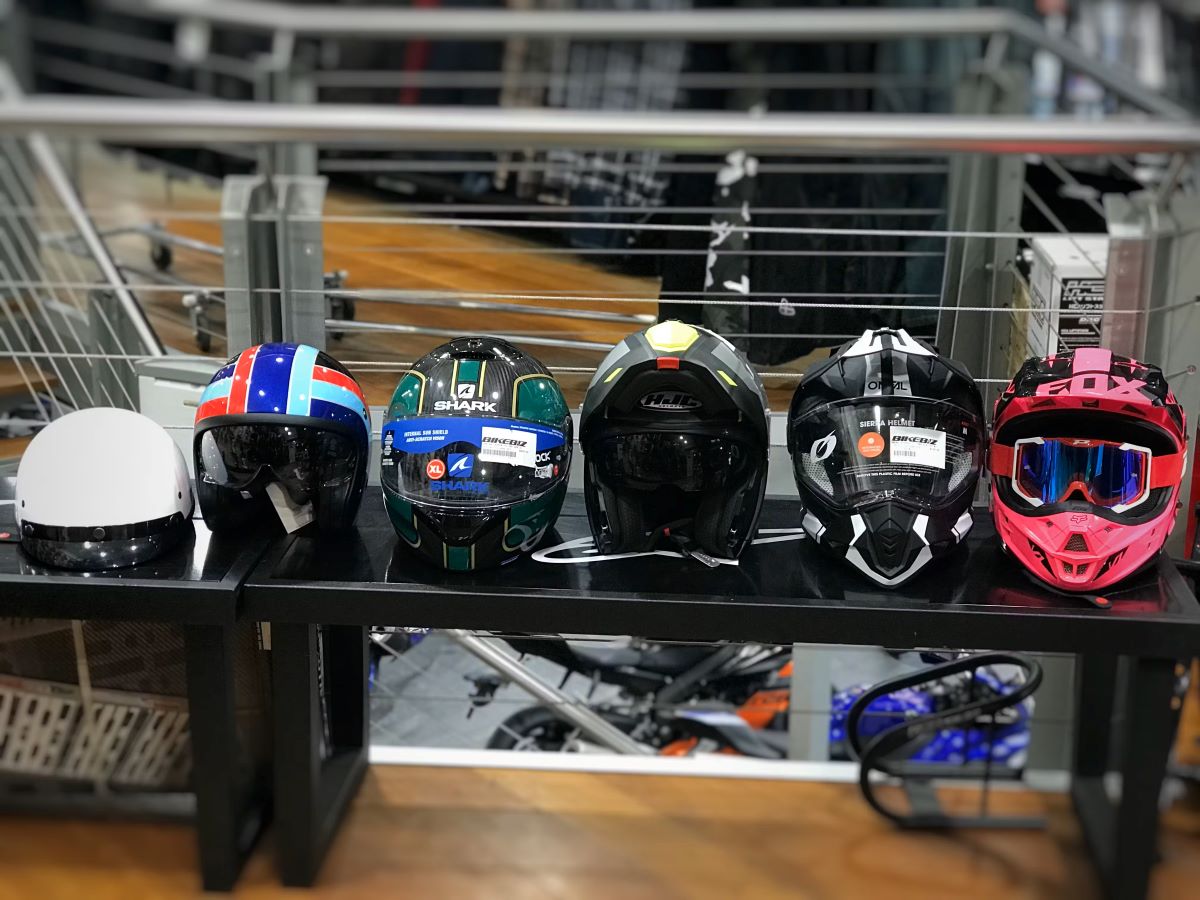
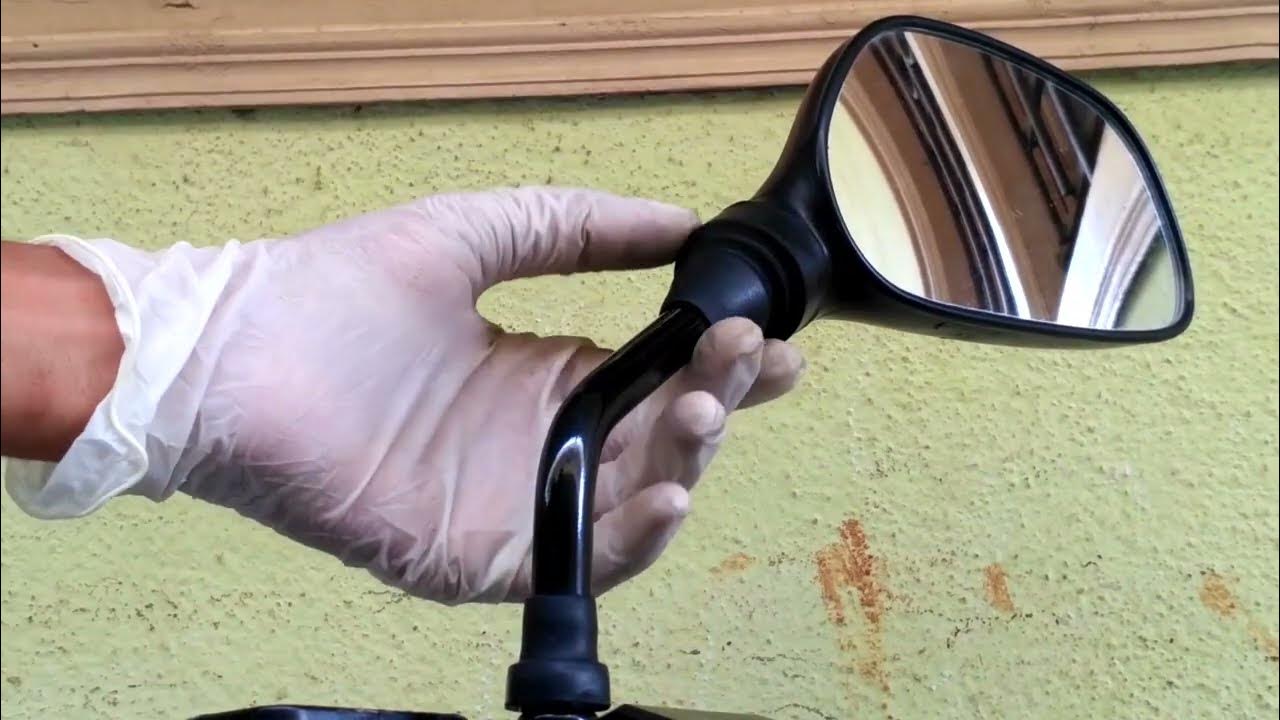
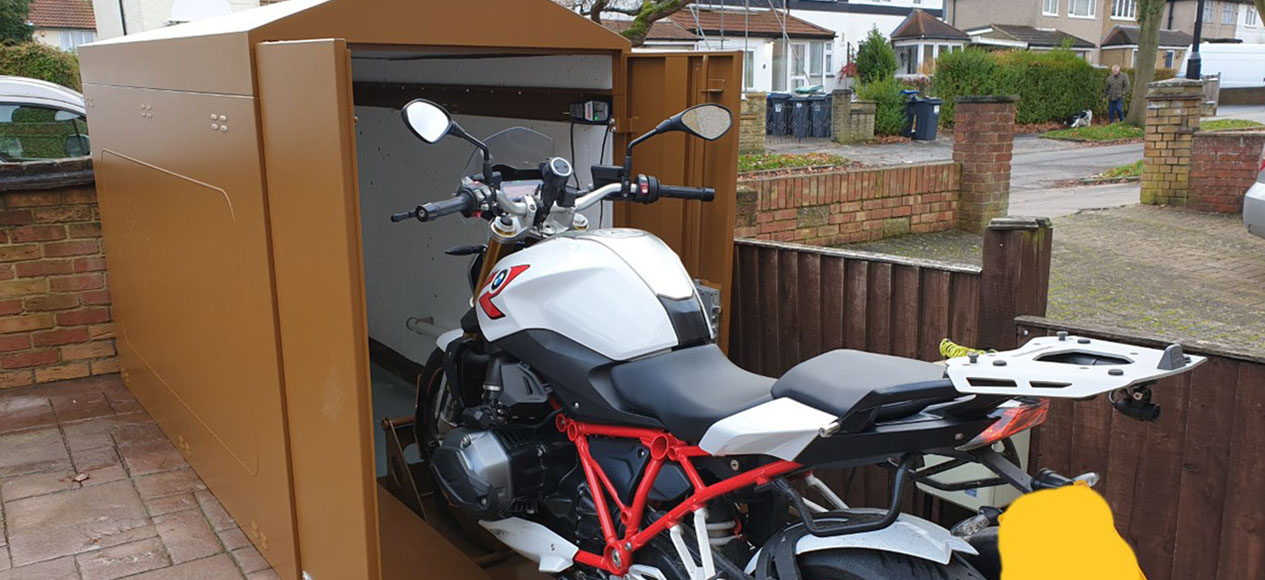
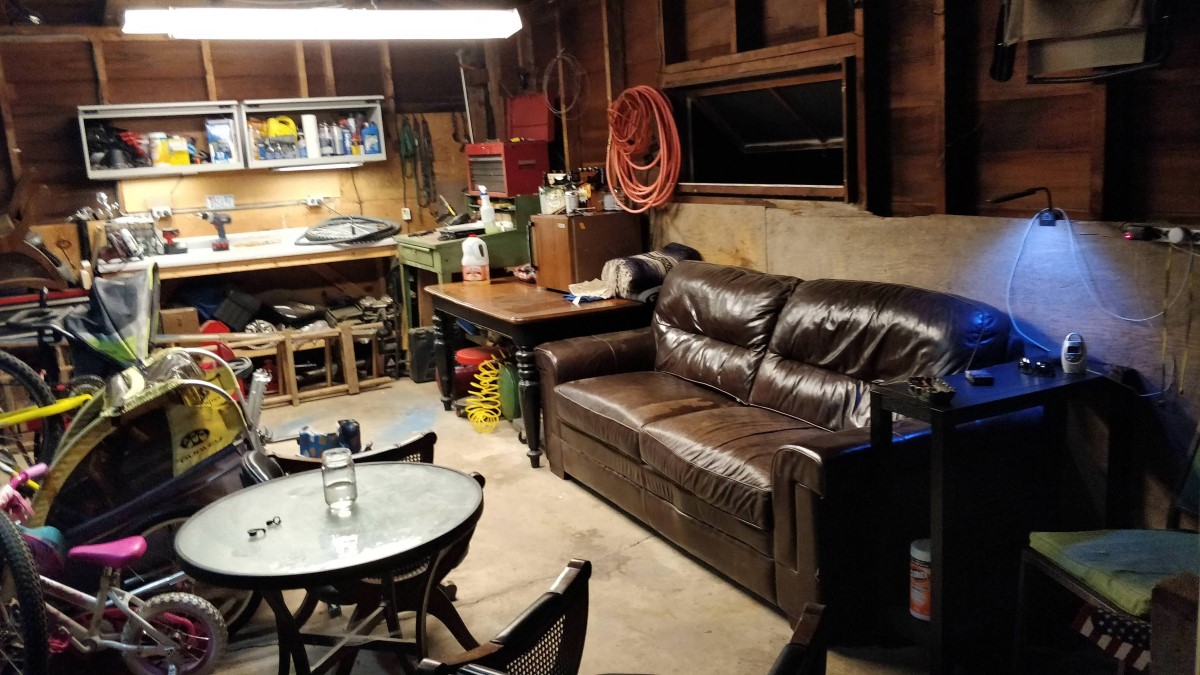
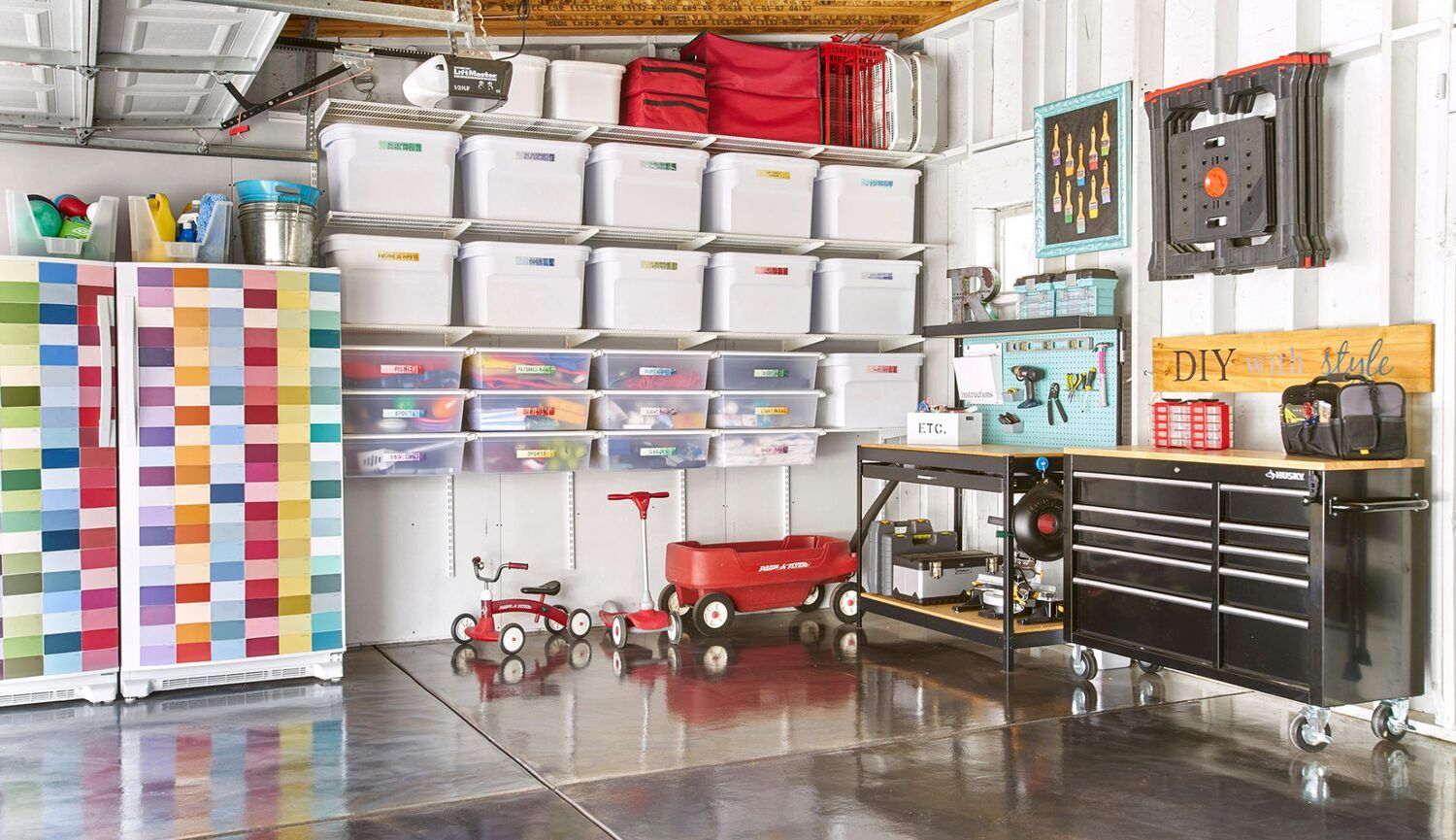
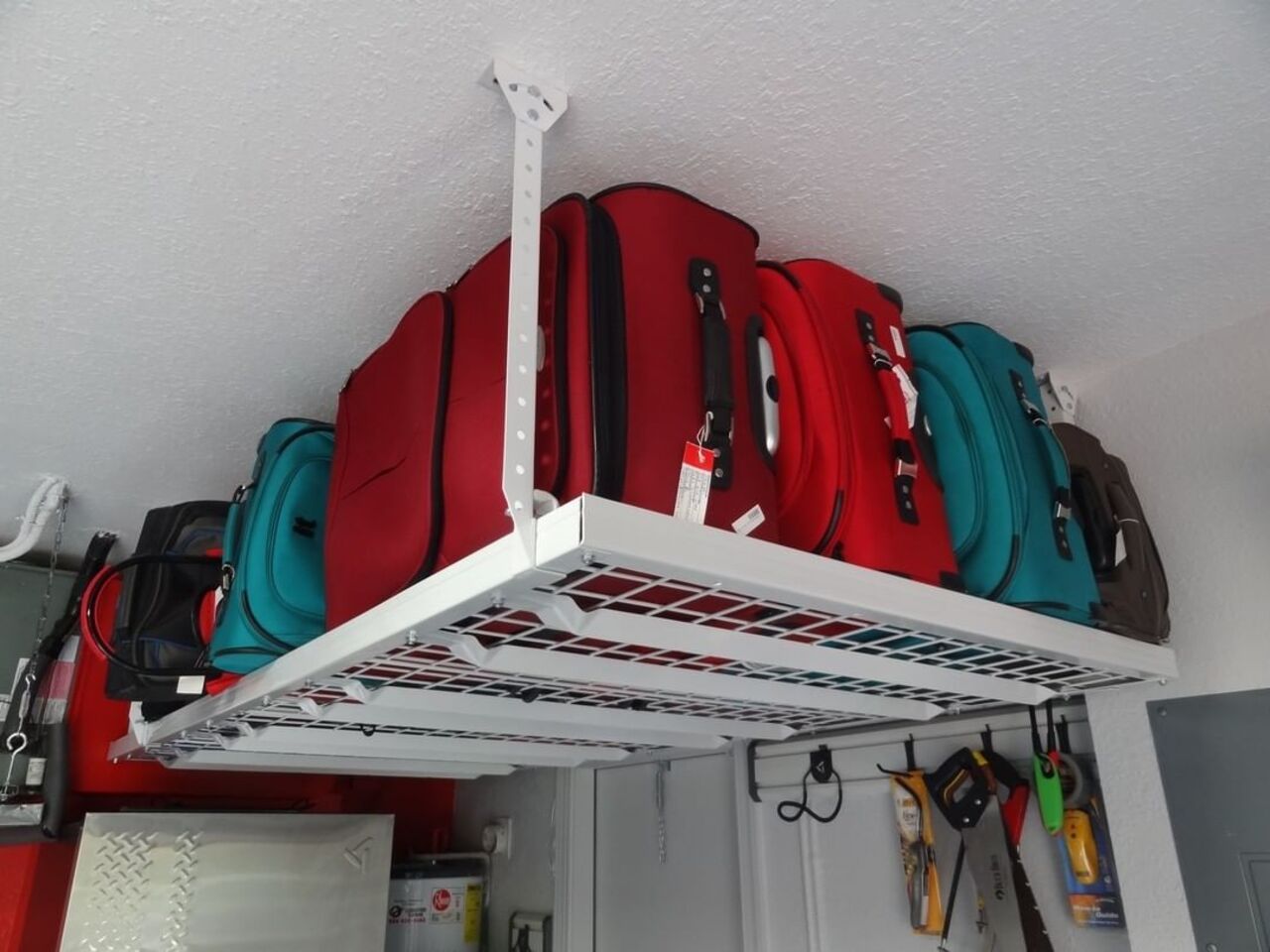

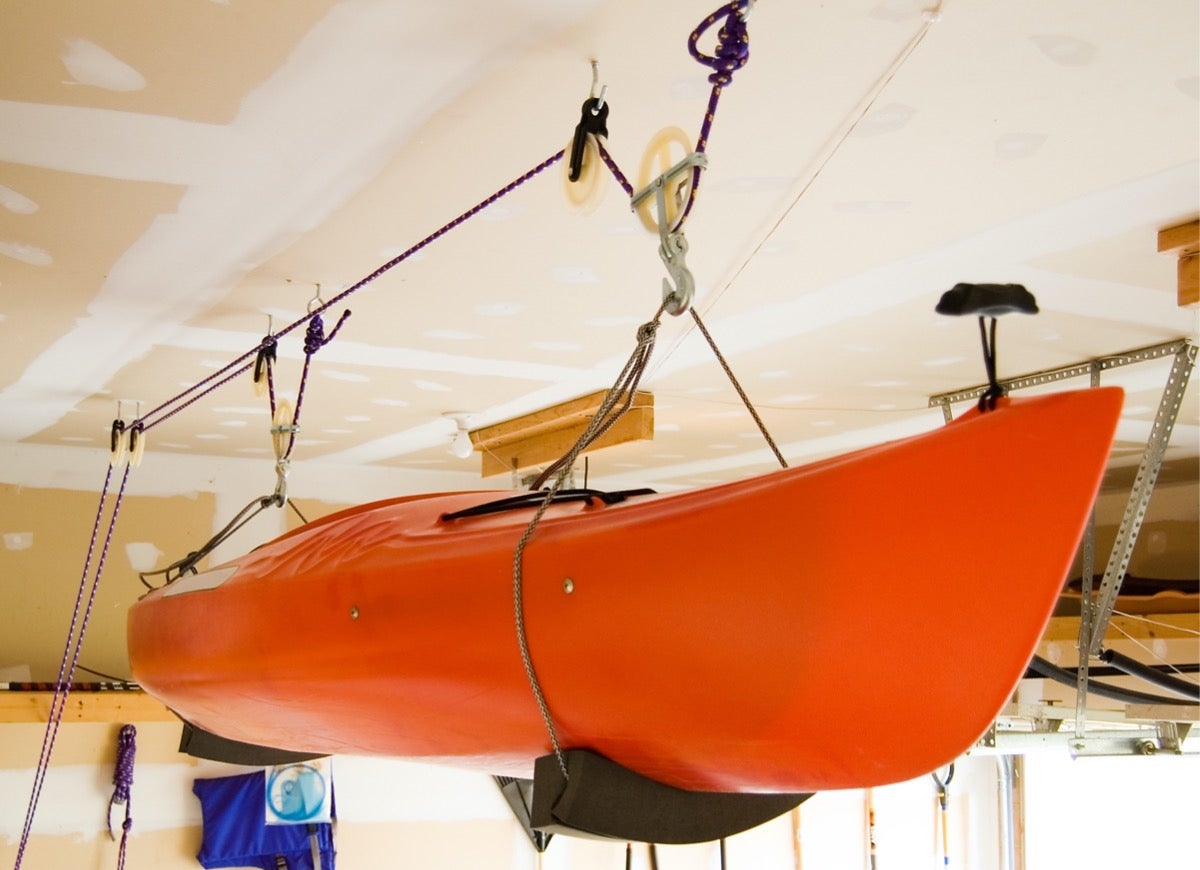
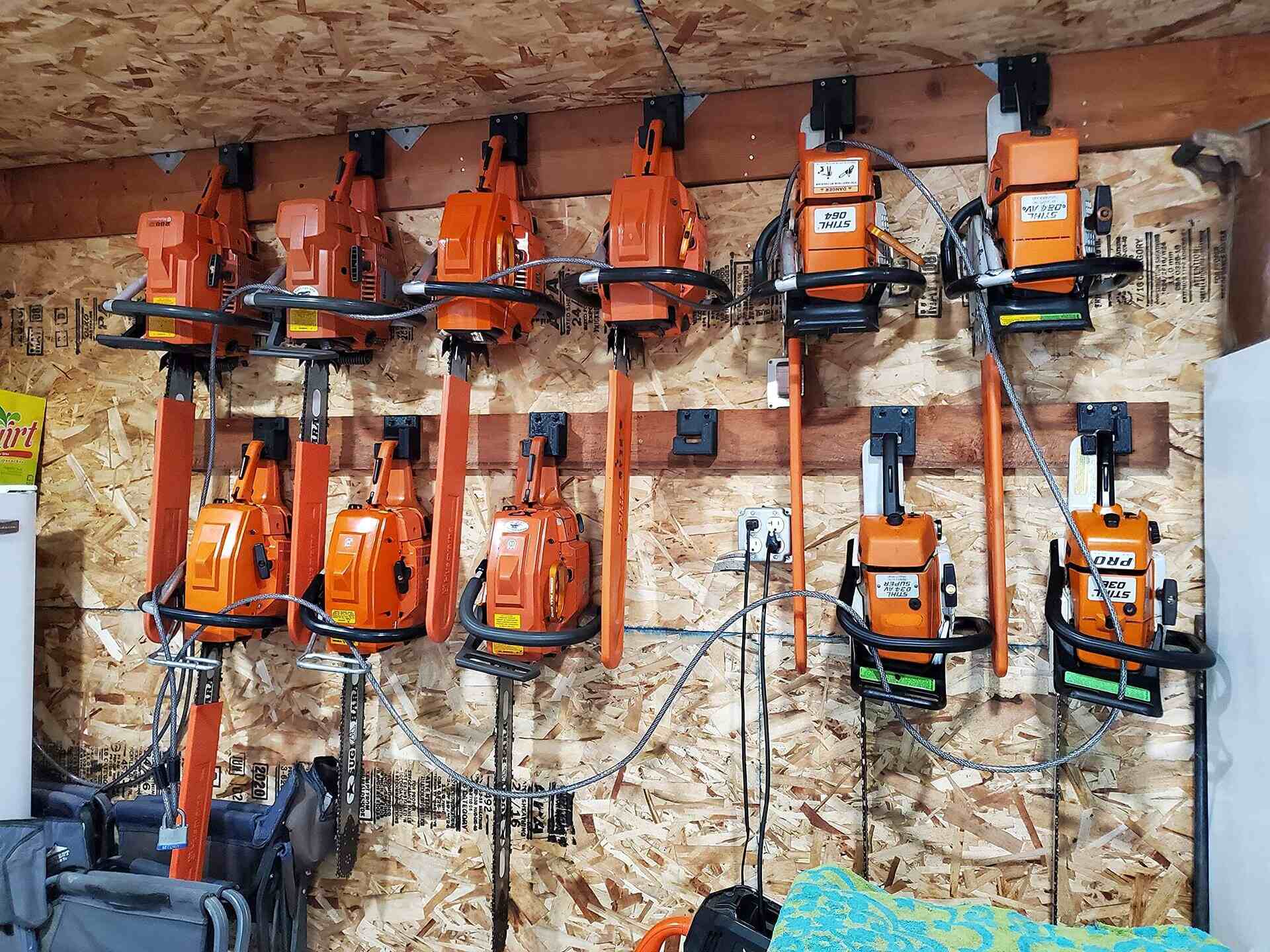

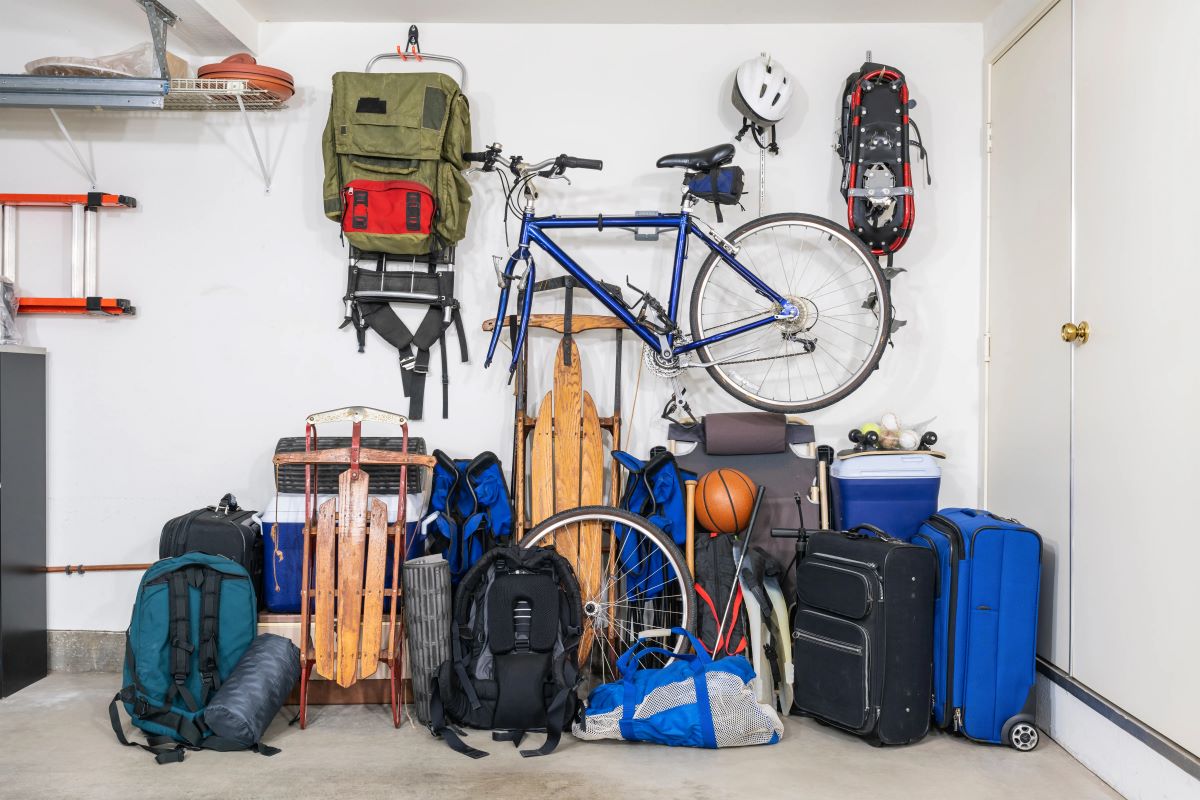


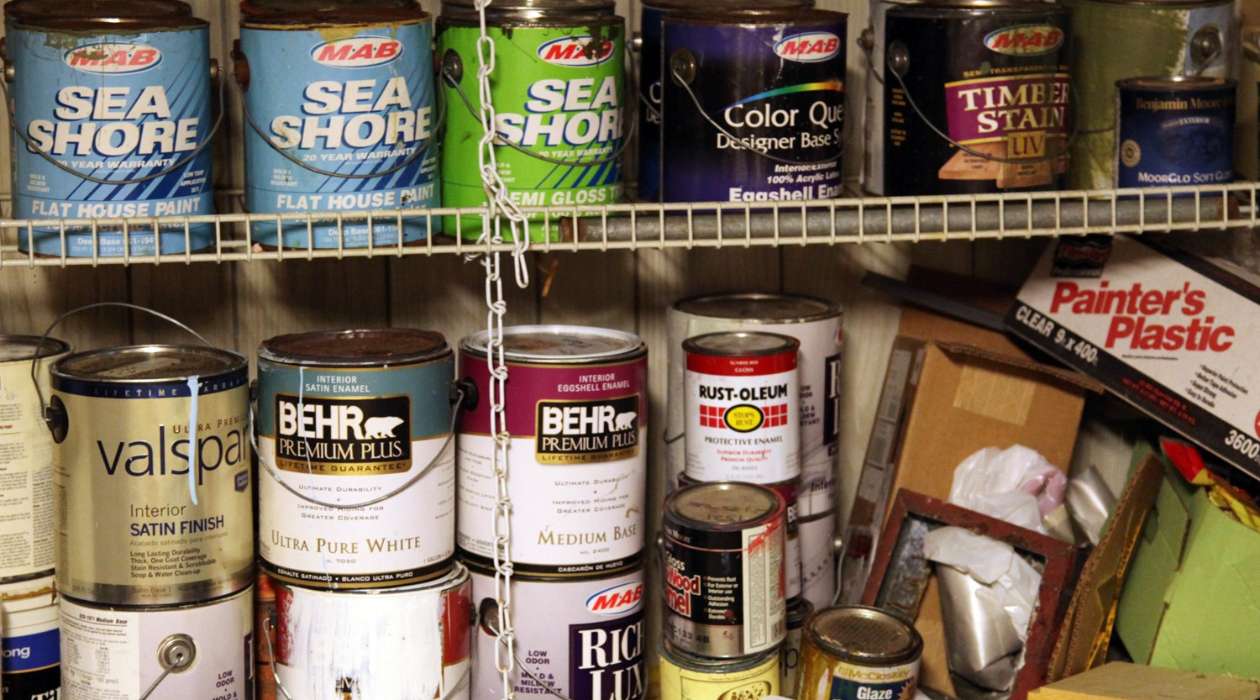

0 thoughts on “How To Store A Motorcycle In A Garage”